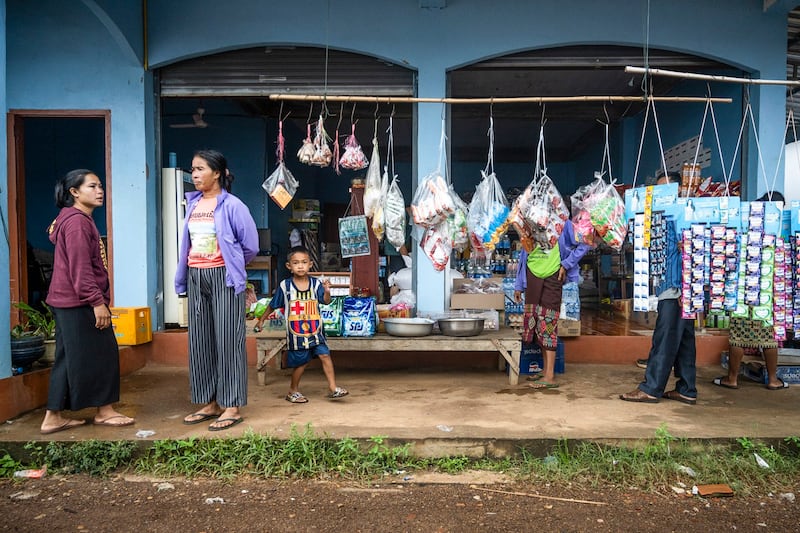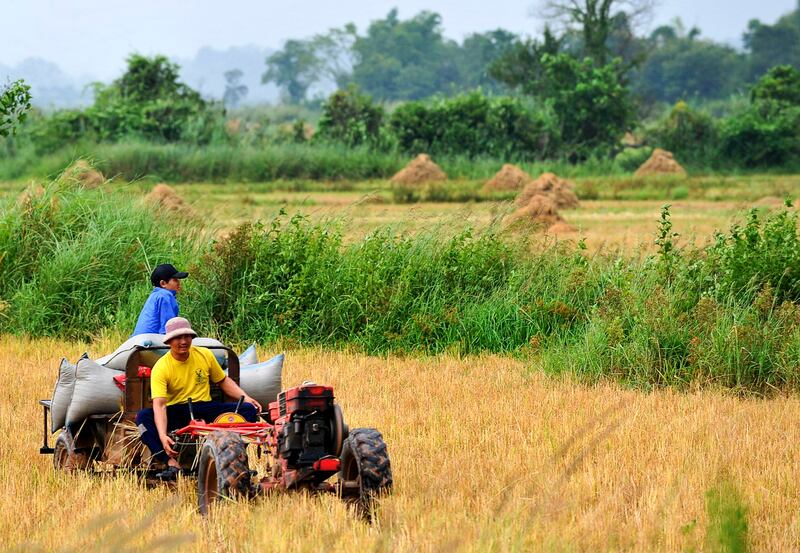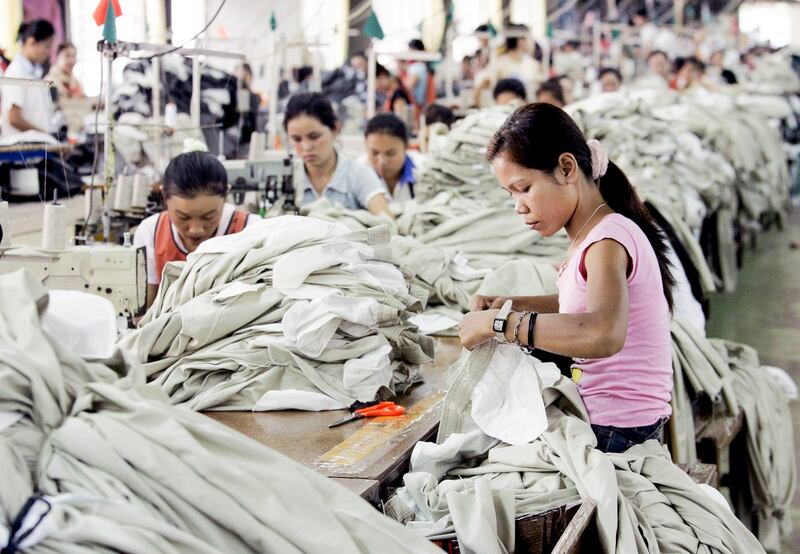The Lao government may excel at damming the Mekong River, but it cannot stem the tide of Laotians emigrating across it.
The most fortunate leave their country to find work in South Korea and Japan, while the majority head to neighboring Thailand, where the number of registered Laotian migrants rose by 15 percent to 252,000 between June 2023 and February 2024.
According to the Voice of America, Laos is experiencing a labor shortage of more than 800,000 people. Given that the number of working-age Laotians is around 5 million, this is a significant gap.

Small wonder the private sector is panicked. Pre-pandemic hopes that Laos could move away from dependence on minerals and energy to develop domestic manufacturing and service sectors are fading.
The economic crisis that has plagued Laos since 2021 has driven workers en masse from the service sector, now languishing, to tradable sectors like agriculture and manufacturing. Many have left paid work altogether, opting for self-employment – which increased from 29 percent to 45 percent between December 2022 and January 2024 – or a return to family farming.
Let's address the short-term reasons. The Lao economy has been in dire straits since 2021, with few options for government intervention. Sky-high national debt is the primary culprit, but inflation, which continues to rise monthly, and a decimated local currency have triggered a major cost-of-living crisis.
Meanwhile, the Thai government has increased incentives to emigrate. It has reduced the cost of visa fees for Laotians, making legal entry for migrants much easier, and plans to increase the daily minimum wage to 400 baht (US$10.80), up from 330-370 baht, in October. There are plans to raise it to 600 baht by 2027.
Luring workers home
Given that the minimum wage in Laos is currently 1.6 million kip (US$82) per month, come October, a Laotian migrant could earn in eight days in Thailand what they would earn in a month at home.
The Lao government has convened a meeting to discuss a possible minimum wage increase, but unless Vientiane opts for a raise of upward of 50-60 percent – the last hike in October 2023 was around 20 percent – there's little chance of Laotian migrants being lured back home.
That's the short term. In the long term, Vientiane cannot do anything about Thailand's growing need for foreign workers over the coming decades. Some estimates suggest that Thailand will lose around 300,000 working-age people each year between now and 2050.
Some politicians in Bangkok have proposed rather wild plans to boost the fertility rate, but these are unlikely to succeed. Even if they did, Thailand would need to wait another two decades to see the results.

Thus, it’s either more foreign labor or the Thai economy is done for. Vientiane cannot influence the impact Thailand’s demographics will have on Laos, shy of barricading the borders and enforcing such drastic minimum wage hikes that both the state and private sectors collapse under the weight of debt and unprofitability.
Granted, emigration may not always be on the scale seen in the past three years. Currently, there is the pull of far higher wages and growing demand for labor in Thailand, as well as the push of an ailing Lao economy.
However, even if the Lao economy recovers and the push factor diminishes, the pull will remain. Vientiane must come to terms with this reality.
REA D MORE RFA COMMENTARIES
COMMENTARY: The Funan Techo Canal won’t end Cambodia’s dependency on Vietnam
[ COMMENTARY: Weak governance, poor economy drive the hollowing out of LaosOpens in new window ]
Tomorrow's workforce
If I were in Vientiane, my thoughts would be on the workers of tomorrow, those under 15. Laos' working-age population is expected to grow by around 1.7 million by 2050.
While many will likely emigrate to Thailand or other countries, the most sensible course now is to invest heavily in educating the next generation, ensuring they are more skilled and productive than the last and are willing to stay in the country.
The emigration of the past three years would be much less worrisome if a larger and more productive generation of Laotians were ready to soon enter the workforce.
Unfortunately, because of the massive national debt, now around 130 percent of GDP, the government has chosen to slash spending on education, leaving many schools without teachers. The economic crisis has compelled parents to pull their children out of school to work.

University enrollment is the lowest it's been in some time. It's no wonder the private sector is cupping its hands over its eyes and struggling to see where a skilled workforce might be found – the current generation is in Thailand, and the next isn't even in the classroom.
I've argued before that the Lao People's Revolutionary Party, the ruling communist party, is not overly concerned about mass emigration—for now.
With job prospects so dire and the economy in such poor shape, it's better for an unpopular authoritarian government that young people aren't sitting around at home, unemployed, underpaid, and disillusioned, thinking of ways to vent their anger.
We've seen this month in Bangladesh, with the overthrow of the country's authoritarian ruler, what happens when youths face a future of sweatshop labor or shipbreaking.
Risk of losing elites
However, mass emigration only benefits Laos' communist government for so long. In time, the erosion of the workforce will turn business elites against the party.
The communist authorities might be able to suppress a few street riots and rabble-rousers, but they cannot govern without the cooperation of the private sector and the quasi-state sector.
Faith in the government is dwindling. Prime Minister Sonexay Siphandone, the son of a former party grandee and kingmaker, was once his generation's star "princeling", expected to lead the party for the next two decades.
But his popularity is in the pits, and he will likely be sidelined to a vice-presidency role when the communist party convenes its next National Congress in early 2026, according to my sources.

Hope now lies with the young foreign minister, Saleumxay Kommasith, whom most of the party accepts is the best technocrat available.
He could be the next premier, but that’s only because he is a friend of China, Vietnam, and the West, making him the best candidate to go cup in hand for more investment and aid – not to resolve the domestic situation.
The government is weak, the private sector is growing restless, and ordinary people are voting with their feet. Whatever hope existed a few years ago for a thriving service and manufacturing sector in Laos is disappearing along with its workforce.
David Hutt is a research fellow at the Central European Institute of Asian Studies (CEIAS) and the Southeast Asia Columnist at the Diplomat. He writes the Watching Europe In Southeast Asia newsletter. The views expressed here are his own and do not reflect the position of RFA.

